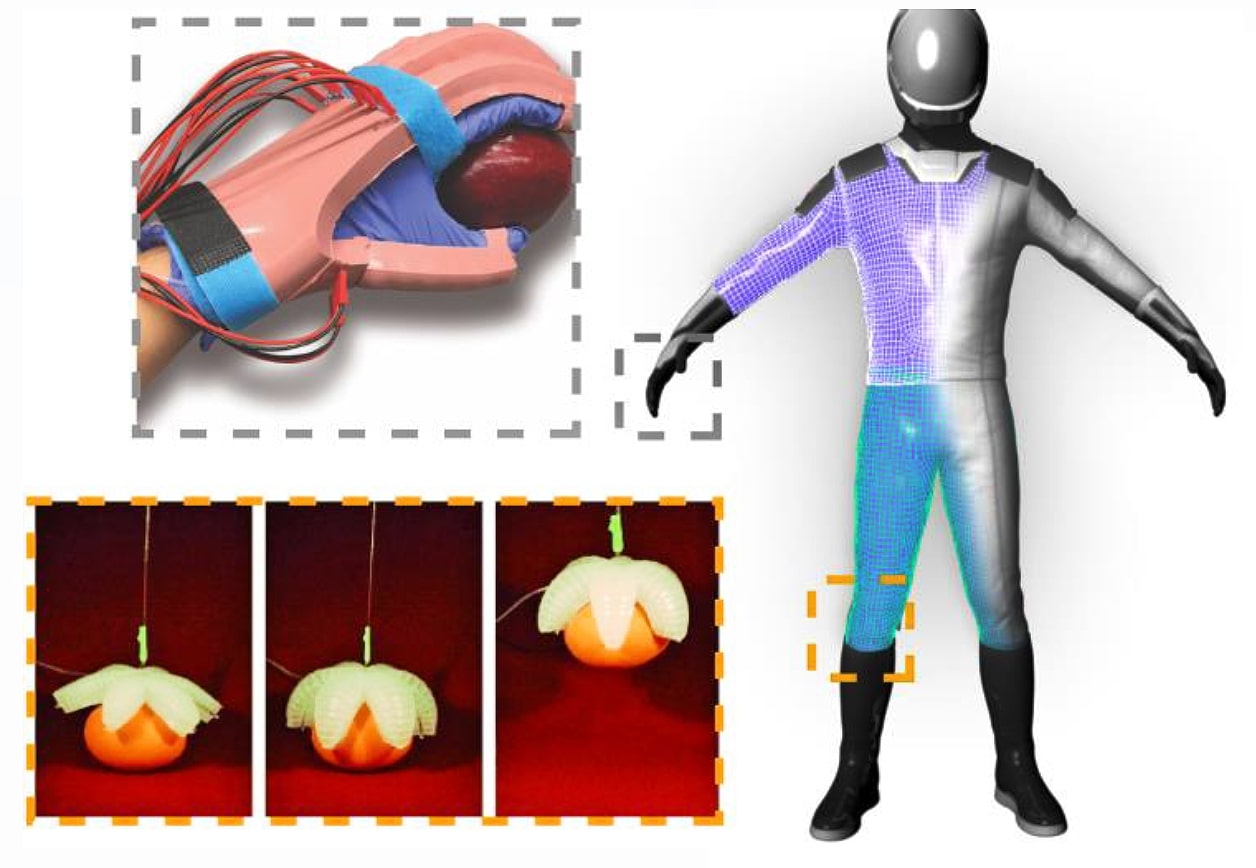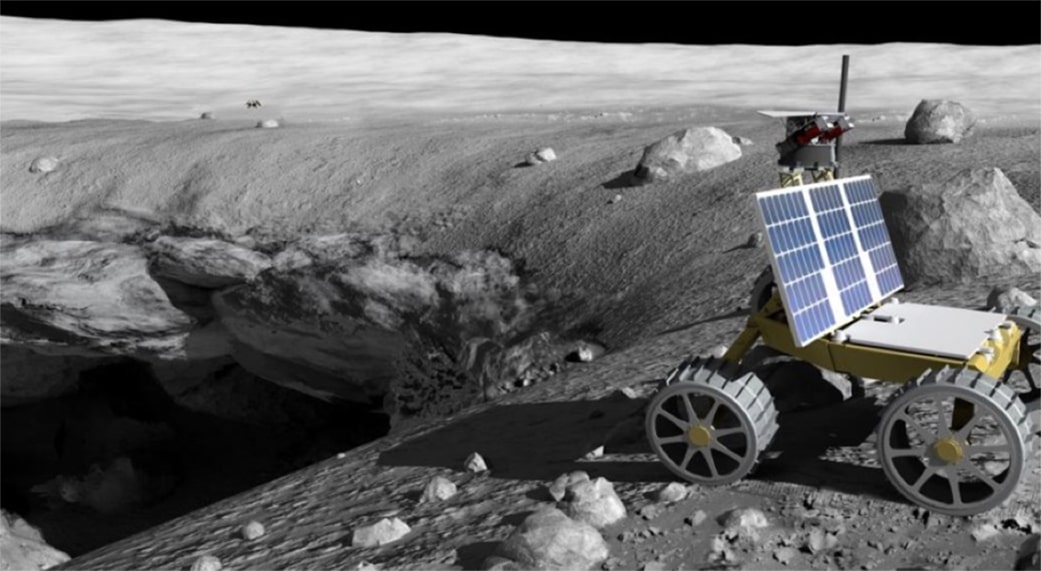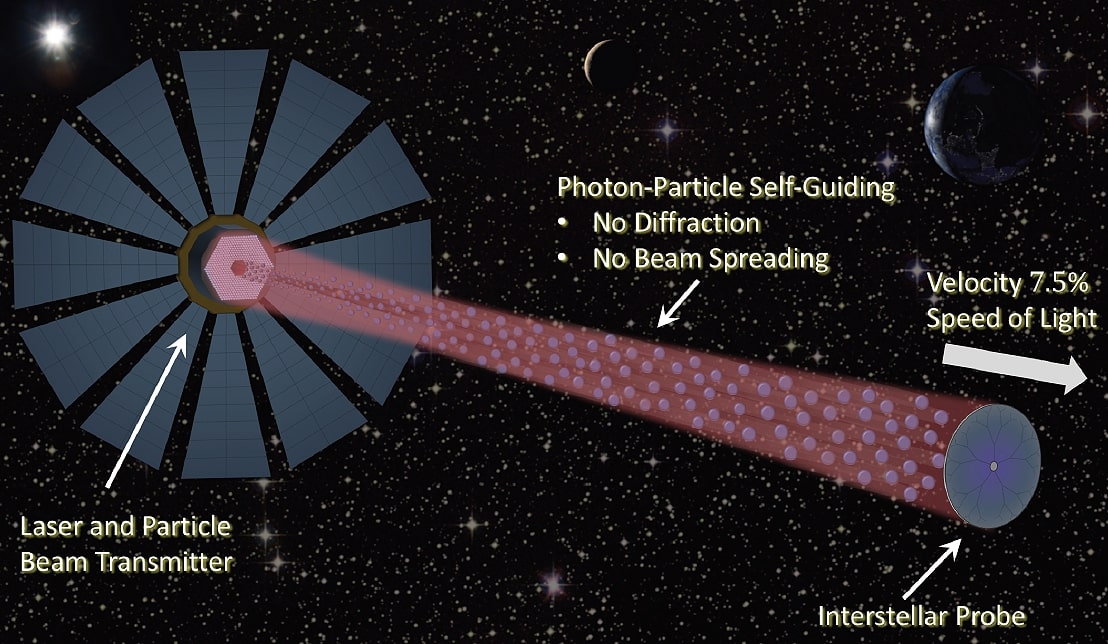Pulsed Fission Fusion Propulsion for Faster Manned Travel Through the Solar System
Robert Adams updated the work on a phase 2 Pulsed Fission-Fusion (PuFF) Propulsion Concept. Robert works at the NASA Marshall Space Flight Center. This system should be able to achieve 15 kW/kg and 30,000 seconds of ISP. This will be orders of magnitude improvement over competing systems such as nuclear electric, solar electric, and nuclear …











